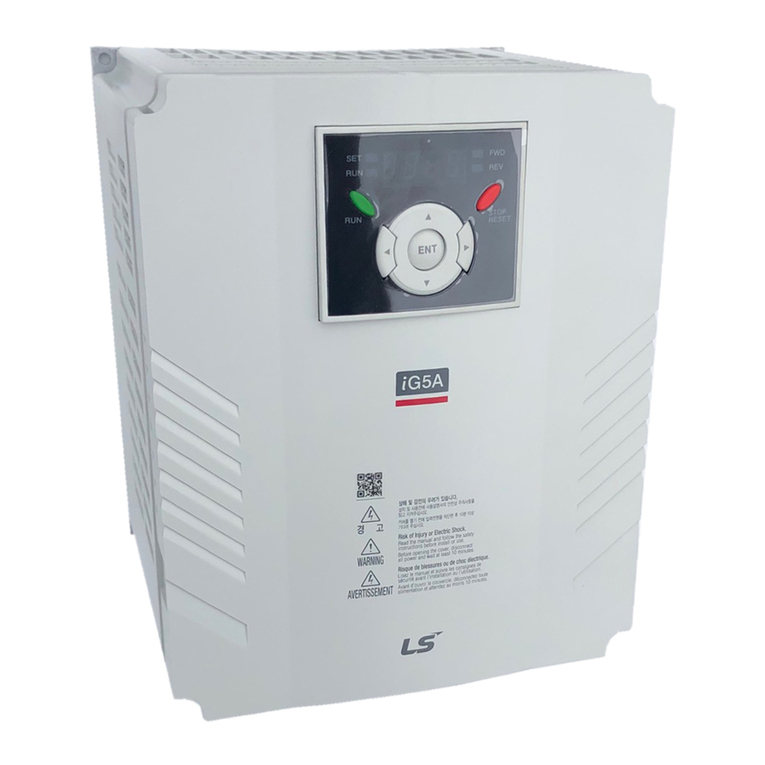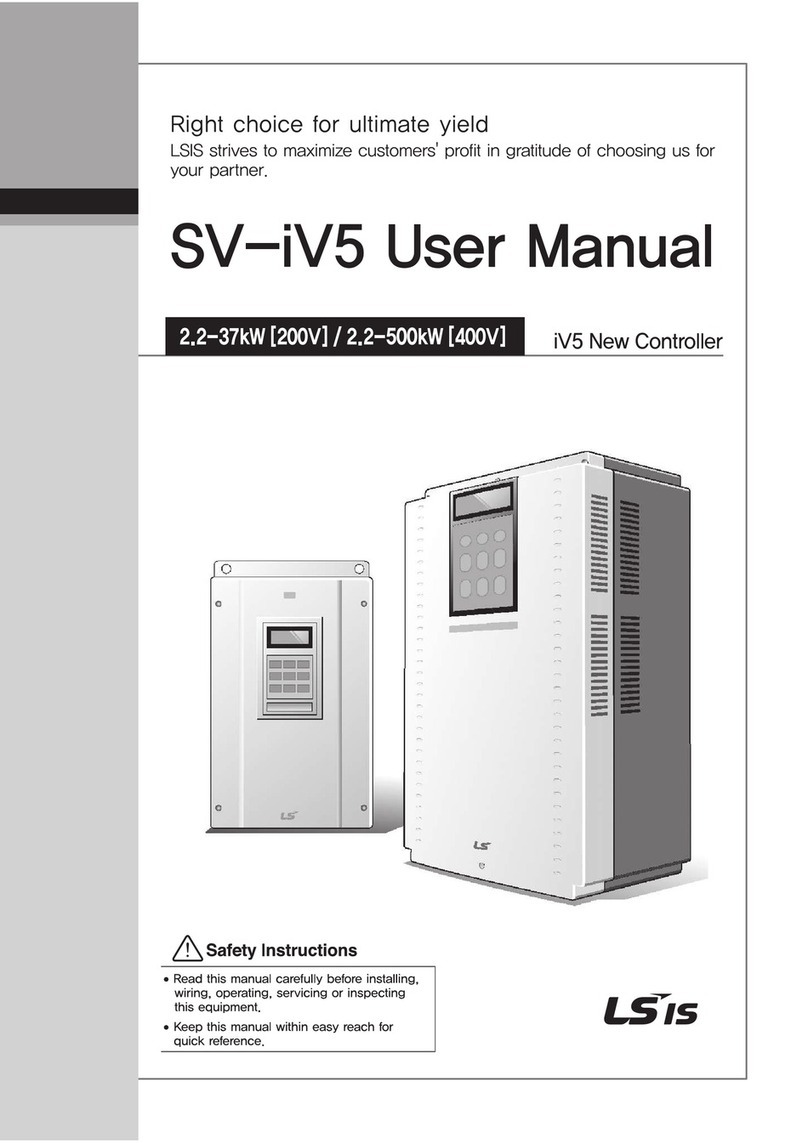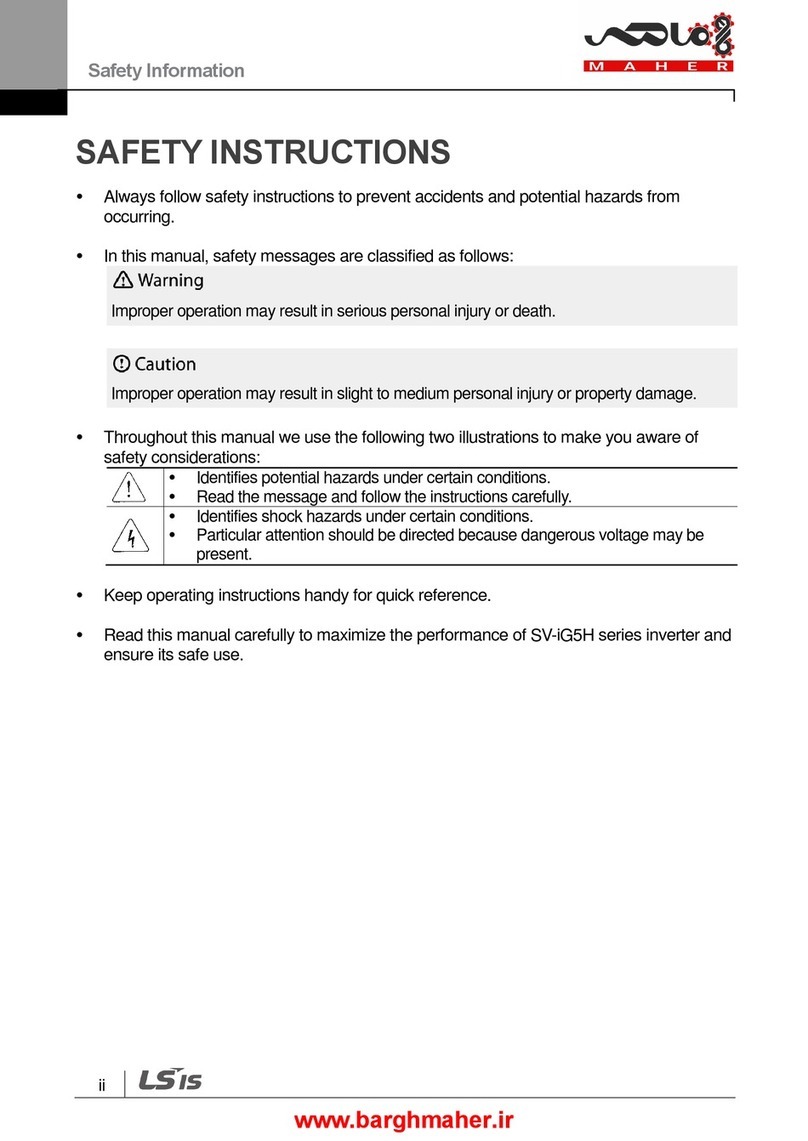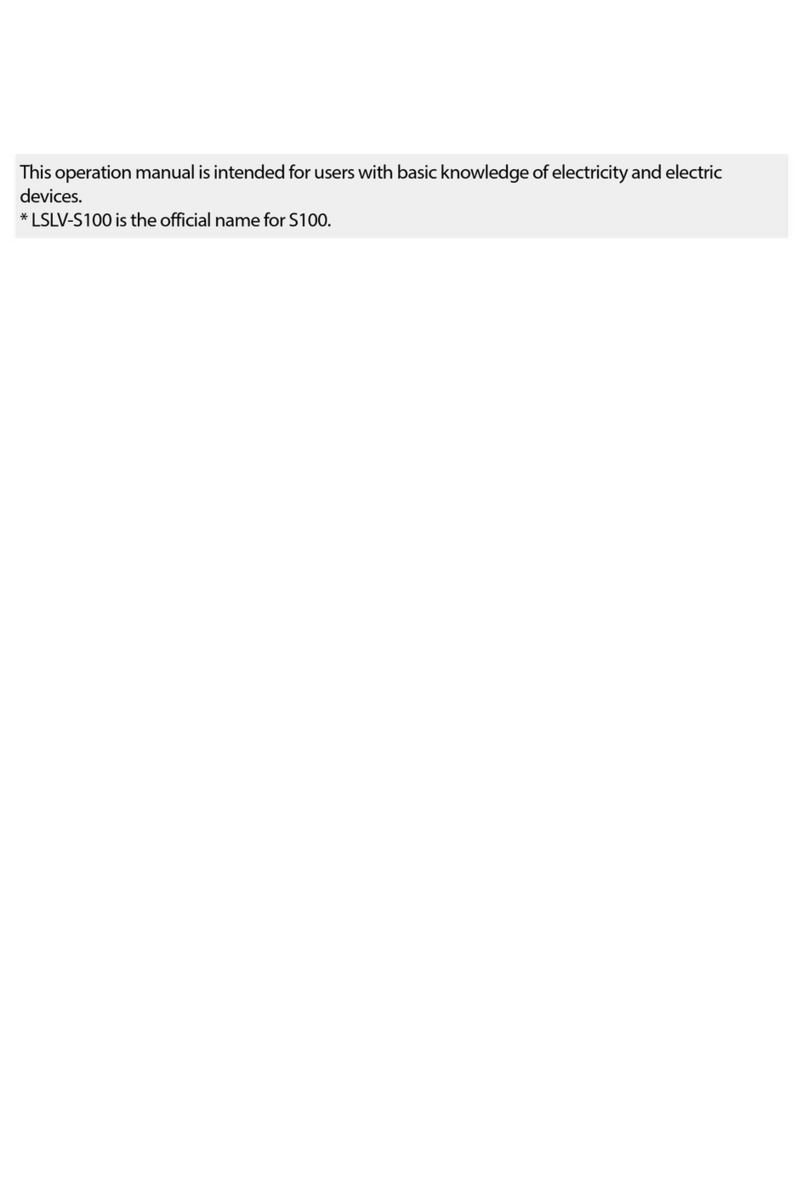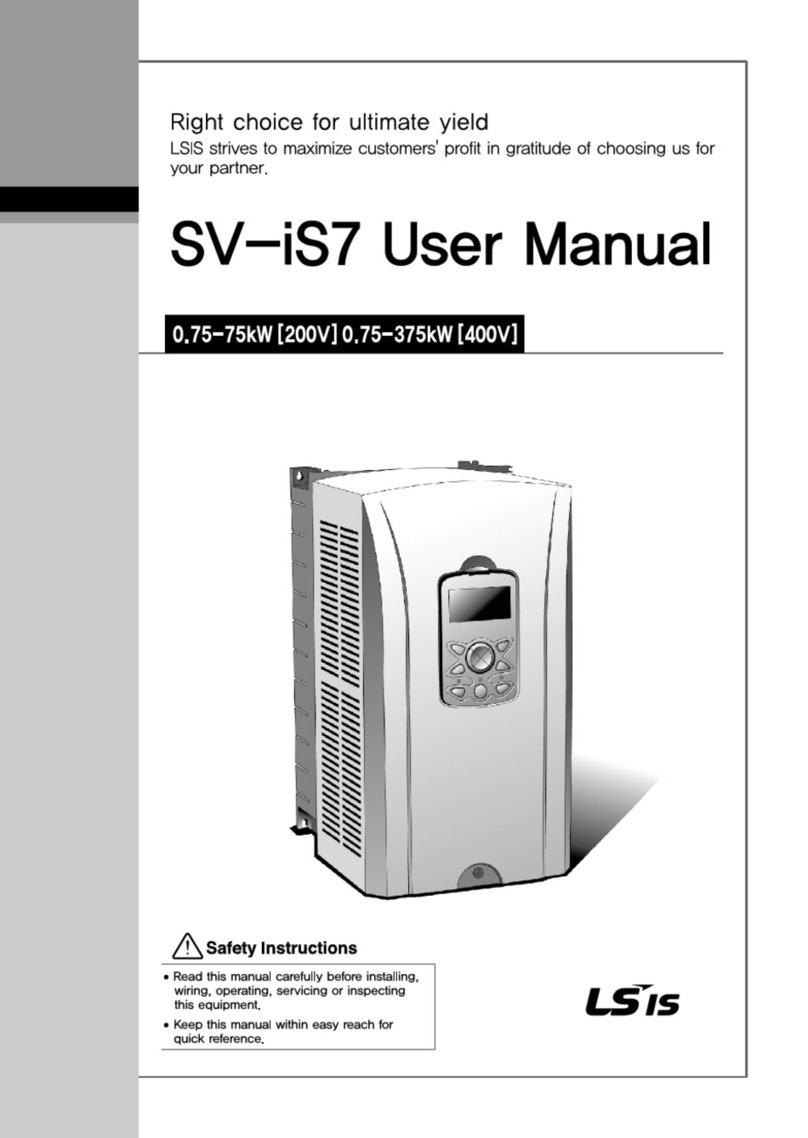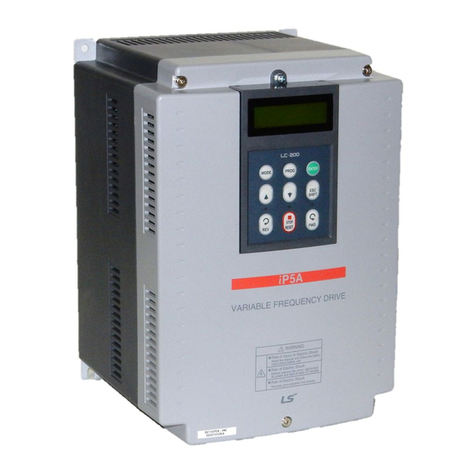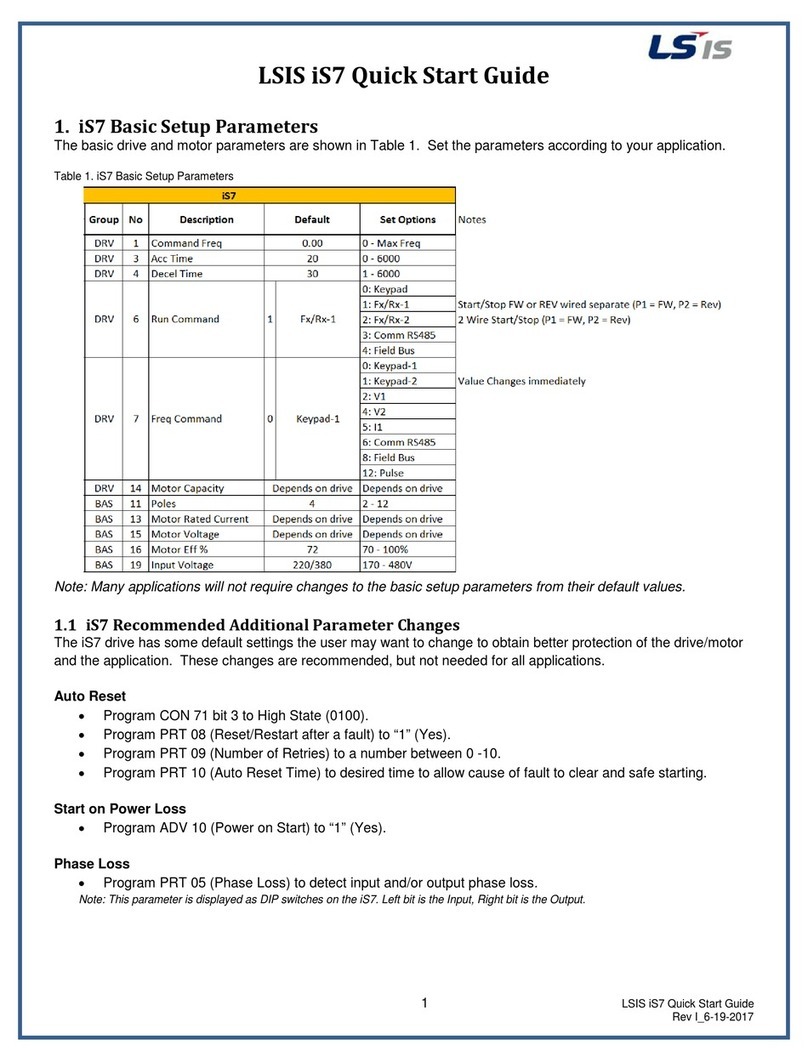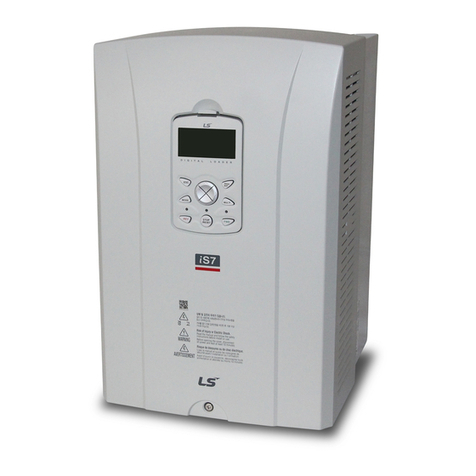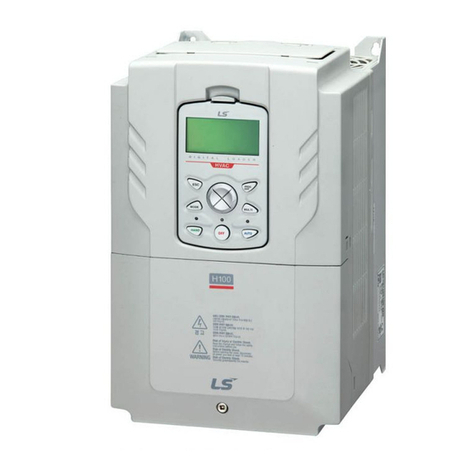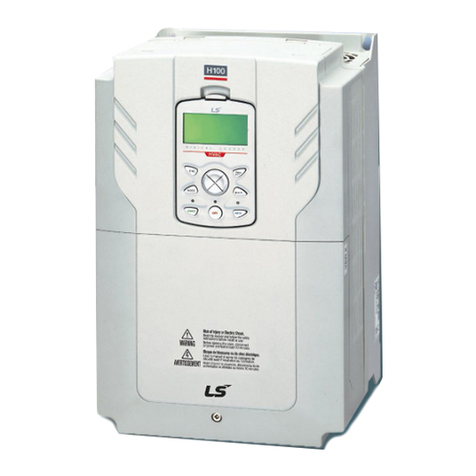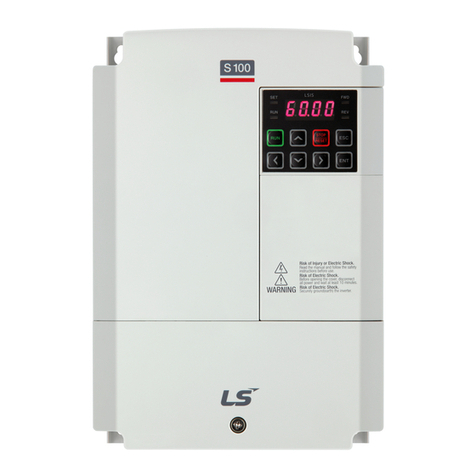
1
Table of Contents
1 Safety-Related Guidelines for LSPV inverter.......................................................................... 3
1.1 Introduction ..................................................................................................................... 3
1.2 Explanations ................................................................................................................... 3
1.3 Risks Involved in Improper Use ...................................................................................... 4
1.4 General Information ........................................................................................................ 5
1.5 Protection against Touching Electrical Parts .................................................................. 5
1.6 Protection against Magnetic or Electromagnetic Fields during Operation and Assembly
6
1.7 Protection against Touching Hot Parts ........................................................................... 7
1.8 Setting the Country Code ............................................................................................... 7
1.9 Protection when Handling and Assembling .................................................................... 8
1.10 Disposal .......................................................................................................................... 8
2 Description of LSPV inverter 010K to 020K ............................................................................ 9
2.1 Description of the Device................................................................................................ 9
2.2 Scope of Delivery of the LSPV inverter 010K to 020K ................................................. 10
2.3 Outside Dimensions of the LSPV inverter 010K to 020K ............................................. 10
2.4 Block Diagram of the LSPV inverter 010K to 020K ...................................................... 11
2.5 Solar Inverter DC Connector ........................................................................................ 11
2.6 Reverse Current through Defective Modules ............................................................... 13
2.7 Control Panel ................................................................................................................ 14
2.8 Internal Data Logger ..................................................................................................... 14
3 Installation ................................................................................................................................ 15
3.1 Unpacking the Device................................................................................................... 15
3.2 Assembly Site Requirements........................................................................................ 15
3.3 Transport.......................................................................................................................17
3.4 Storage .........................................................................................................................17
3.5 Mounting the LSPV inverter 010K to 020K................................................................... 17
3.6 Connectors on the Device ............................................................................................ 18
3.7 Power Connection......................................................................................................... 19
3.8 Power Supply Line........................................................................................................ 20
3.9 Grid line inductance ...................................................................................................... 21
3.10 Grounding ..................................................................................................................... 22
3.11 Residual Current Protective Device.............................................................................. 22
3.12 PV- Generator DC Connection ..................................................................................... 22
3.13 DC Connecting Line...................................................................................................... 23
3.14 Interface Port RS485 .................................................................................................... 24
3.15 Relay Port ..................................................................................................................... 25
4 Commissioning ........................................................................................................................ 26


